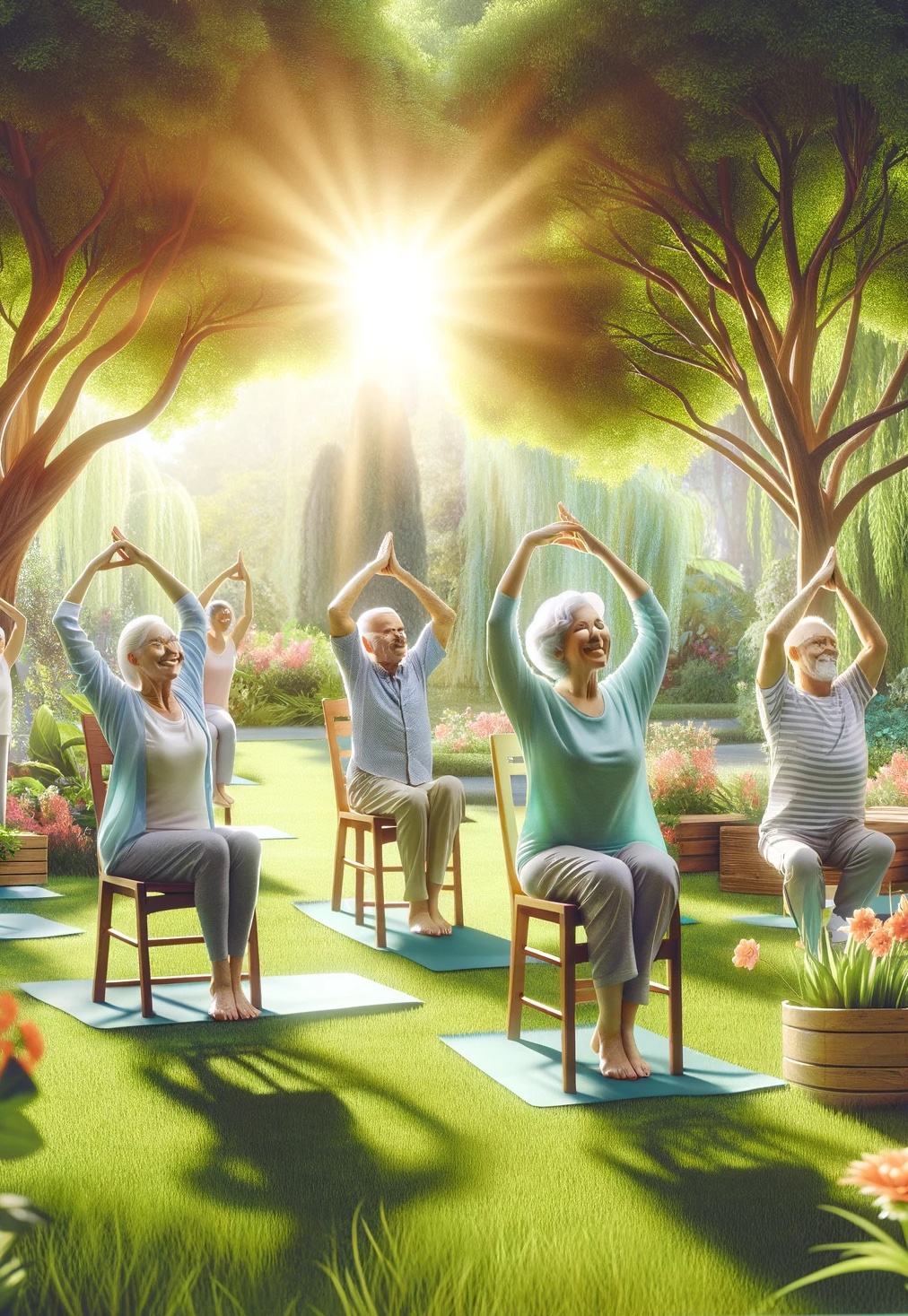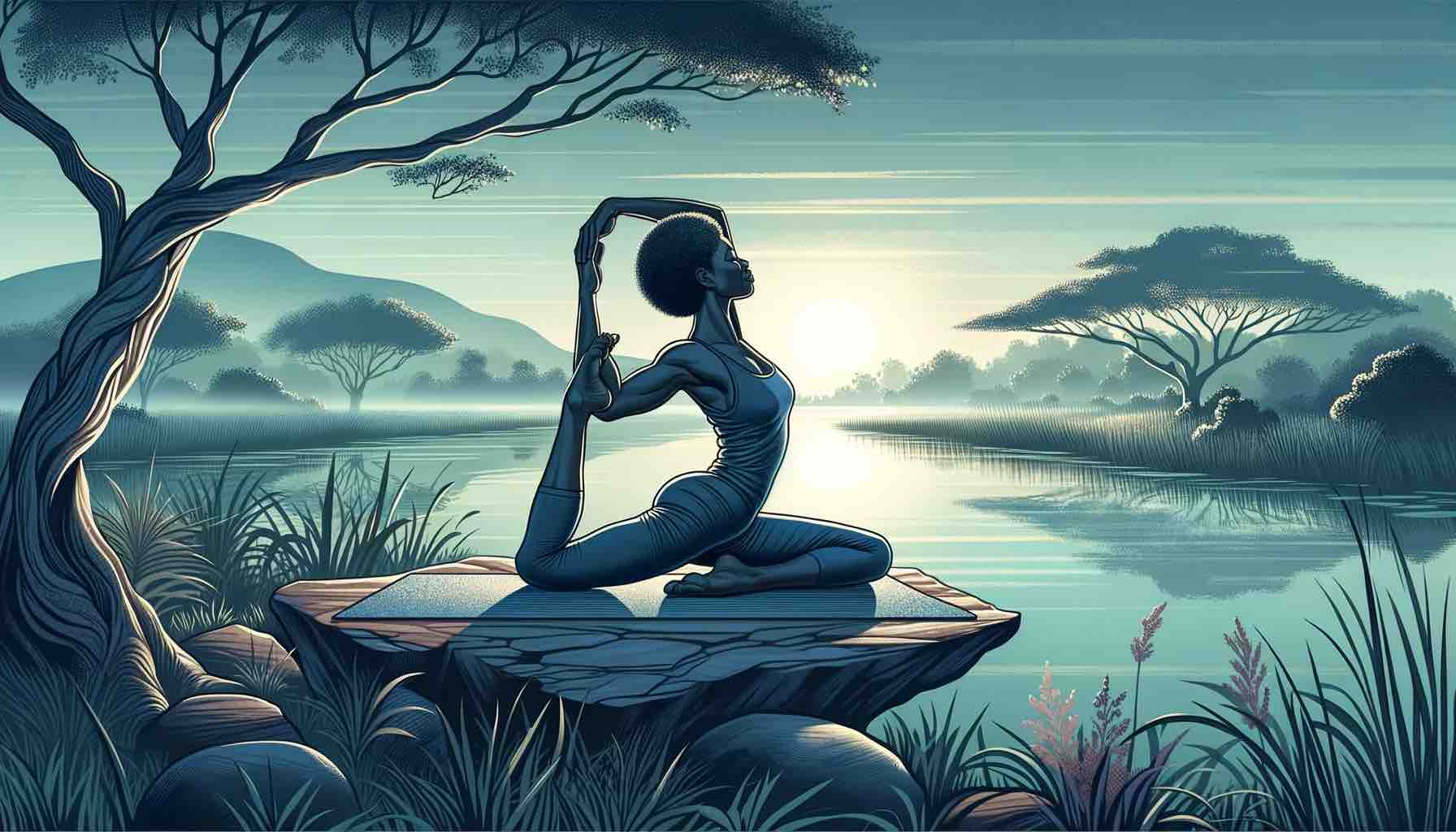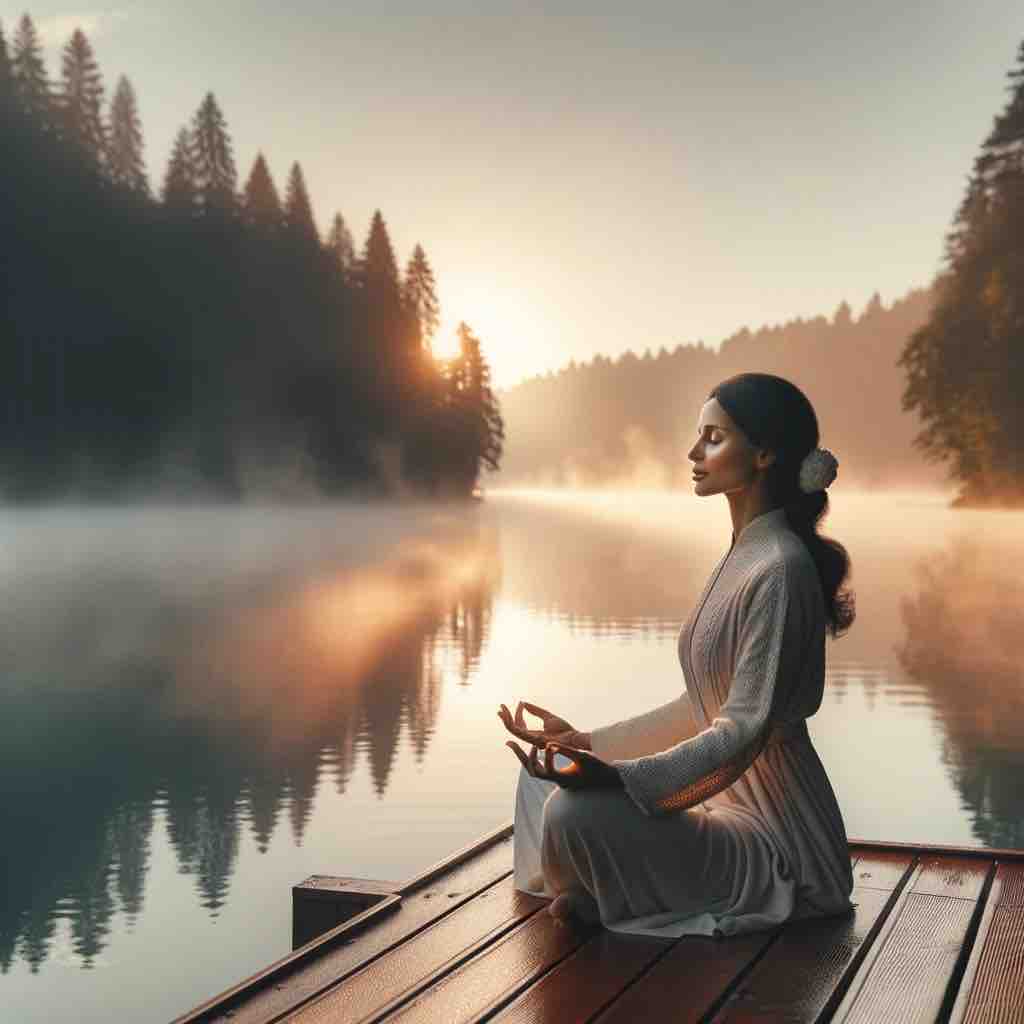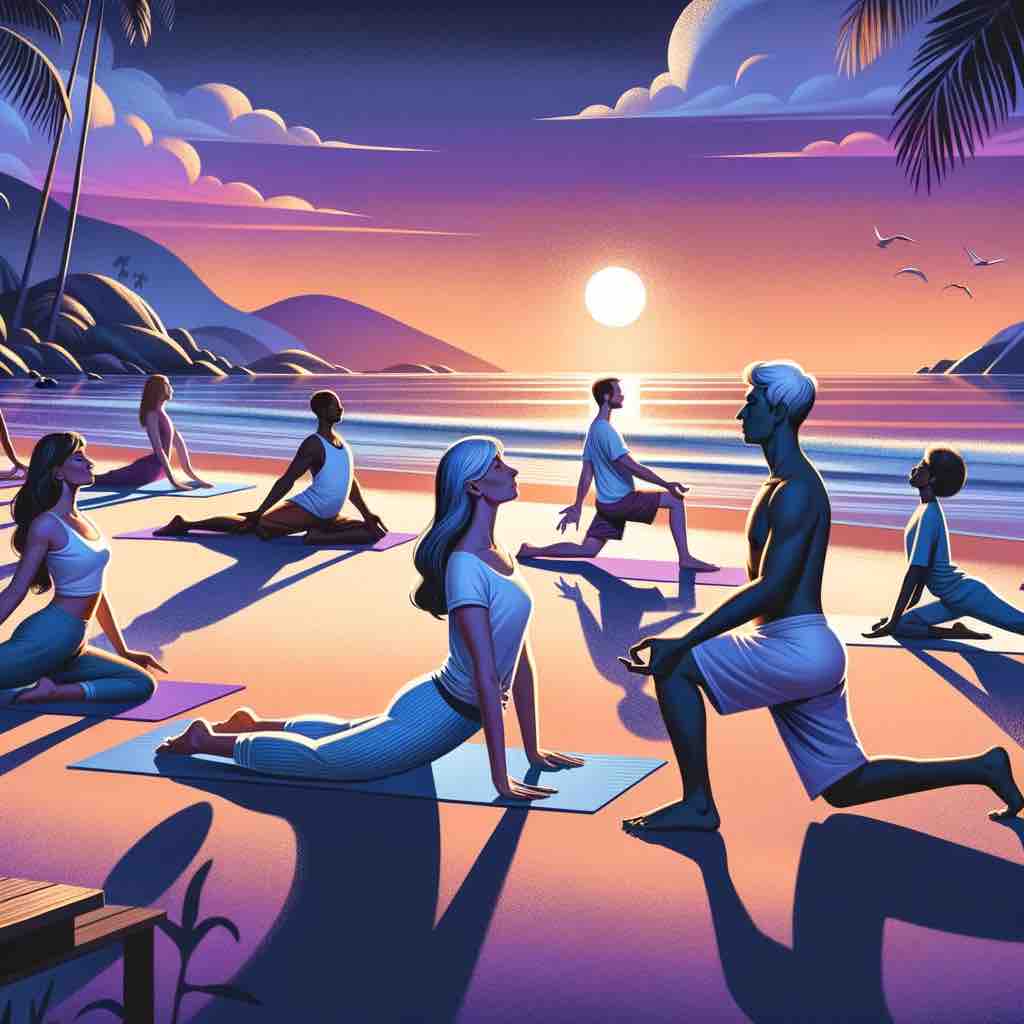
“The body is your temple. Keep it pure and clean for the soul to reside in.” – B.K.S. Iyengar
In the realm of self-discovery and inner peace, yoga emerges as a beacon of light, guiding us through the tumultuous waves of life towards a haven of tranquility. The practice of yoga is an ancient art, deeply rooted in the pursuit of ultimate freedom—a freedom that encompasses the body, mind, and soul.
The Philosophy of Yoga: A Path to Liberation
Yoga is not merely a physical exercise but a holistic approach to living. It is the union of the body with the mind and the soul with the universe. This union, as described by the revered yoga teacher B.K.S. Iyengar, is the essence of yoga. It is a means to achieve freedom and the very end in itself.
The sage-like Iyengar, who brought the treasures of yoga to the forefront of the global consciousness, taught that the discipline of yoga is the gateway to liberation. Through the practice of asanas (postures) and pranayama (breath control), one can navigate the journey of life with grace and strength.
A Glimpse into the Mastery of B.K.S. Iyengar
To truly comprehend the transformative power of yoga, one must witness its practice by a master. In a profound demonstration from 1976, B.K.S. Iyengar, the founder of Iyengar Yoga, showcases the depth and breadth of this discipline. His demonstration is not just a display of flexibility or strength but a manifestation of the philosophy of yoga. Watch the full video here.
Credit: Be You Fully on YouTube
In this video, we observe Iyengar’s meticulous attention to alignment and his meditative focus. He speaks of yoga as a healing force, one that brought him back from the clutches of tuberculosis to a state of health and enlightenment. His message is clear: yoga is accessible to all and has the potential to heal and transform lives.
The Art of Alignment: Asanas Demonstrated by B.K.S. Iyengar
In the video, B.K.S. Iyengar meticulously demonstrates a series of asanas, each designed to cultivate balance, strength, and flexibility. Here’s a detailed look at the poses and the wisdom behind them:
Trikonasana (Triangle Pose)
This foundational pose is a testament to balance and extension. Iyengar emphasizes the importance of extending each part of the upper body in various directions while maintaining a connection with the self.
Parivrtta Trikonasana (Revolved Triangle Pose)
In this asana, the spine receives a beneficial lateral movement. Iyengar’s execution of the pose shows the importance of the movement of the back and the stretch it provides.
Parsvakonasana (Extended Side Angle Pose)
Also known as the plank or angular pose, this asana demonstrates how each part of the body, from the knuckles of the toes to the hips and waist, stretches independently yet remains interconnected.
Ardha Chandrasana (Half Moon Pose)
The Half Moon Pose showcases balance and the extension of the entire body, right down to the toes. Iyengar’s precision highlights the importance of engaging even the smallest parts of the body.
Uttanasana (Standing Forward Bend)
This forward bend is crucial for extending the spine. Iyengar points out that in our modern, technology-driven world, we’ve lost the resonance of the spine, leading to common ailments like sciatica and slipped discs.
Adho Mukha Svanasana (Downward-Facing Dog)
Iyengar compares the stretch in this pose to a dog stretching its front legs, emphasizing the lengthening of the spine and the distribution of weight through the hands and feet.
Surya Namaskar (Sun Salutation)
Iyengar demonstrates the dynamic flow of the Sun Salutation, which includes poses like Chaturanga Dandasana (Four-Limbed Staff Pose) and Urdhva Mukha Svanasana (Upward-Facing Dog), highlighting the fluidity and strength required in the practice.
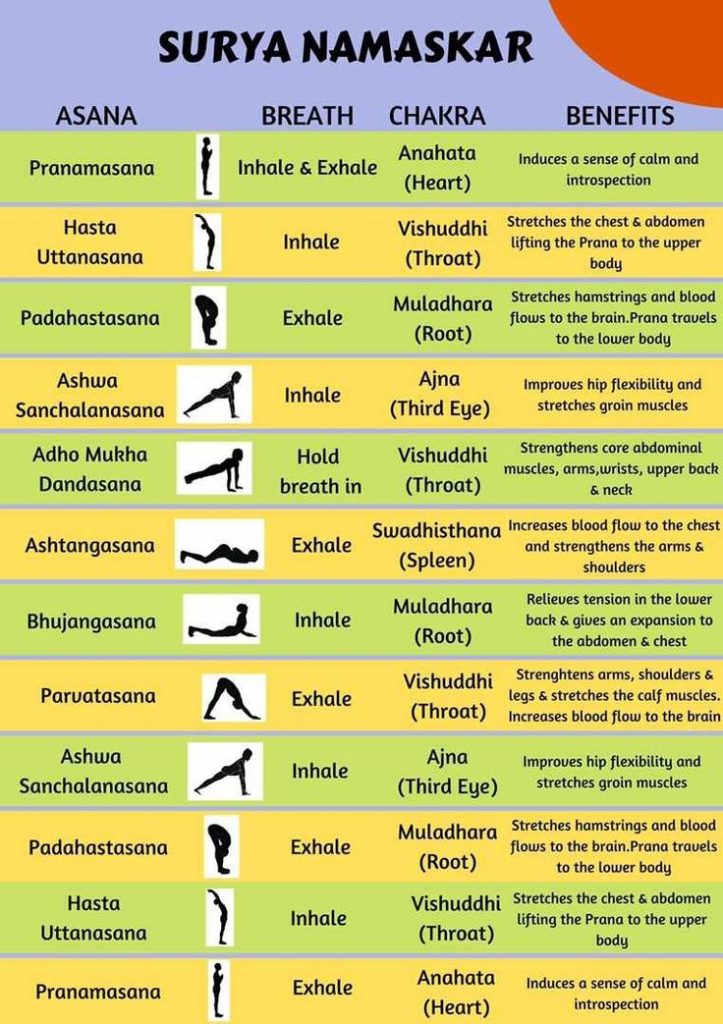
Janu Sirsasana (Head-to-Knee Forward Bend)
This asana focuses on stretching the back of the body and requires the head of the knee to be stretched backward, providing a deep stretch to the hamstrings and back.
Parivrtta Janu Sirsasana (Revolved Head-to-Knee Pose)
Offering a lateral stretch, this pose extends the liver and other internal organs, showcasing the detoxifying effects of yoga.
Padmasana (Lotus Pose)
Iyengar demonstrates the Lotus Pose with one leg in the half-lotus position, emphasizing the depth of meditation and concentration that can be achieved in this asana.
Tadasana (Mountain Pose)
The Mountain Pose is a fundamental yoga pose that establishes the basis for all standing poses. It involves standing steady, firm, and upright like a mountain, which Iyengar describes as essential for brain stability.
Parighasana (Gate Pose)
This asana involves a lateral bend that stretches the side body, resembling the crossbar of a gate, hence the name.
Paschimottanasana (Seated Forward Bend)
Iyengar highlights the posterior stretch in this pose, where the energy moves from the heel to the crown of the head, emphasizing the importance of engaging the entire posterior chain of the body.
In each of these asanas, Iyengar’s approach is not just about achieving a physical position but about reaching a state of ultimate freedom where the body, mind, and intellect operate in unison without obstruction. His demonstration serves as a profound reminder of the depth and precision required in the practice of yoga.
The Practice of Yoga in Modern Times
In our contemporary society, where the pace of life accelerates daily, yoga serves as a sanctuary. It offers a space to slow down, to reconnect with our inner selves, and to cultivate a sense of well-being. The teachings of Iyengar remind us that the practice of yoga is a form of self-care that extends beyond the physical body to the mind and spirit.
As we incorporate yoga into our daily routine, we begin to experience its myriad benefits. Our bodies become stronger, our minds clearer, and our hearts more open. We learn to move through life’s challenges with equanimity and to embrace each moment with mindfulness and gratitude.
Embracing the Journey
The journey of yoga is infinite, filled with continuous learning and growth. As we delve deeper into its practice, we uncover layers of our being and discover the boundless potential within. Yoga is a lifelong companion, a source of comfort and strength, and a path to inner freedom.
Let us honor the legacy of B.K.S. Iyengar and the ancient wisdom of yoga by stepping onto the mat with intention and curiosity. Let us explore the depths of our own being and, in doing so, find the peace and freedom that yoga promises.
Credits to the Original video: Yoga Demonstration, BKS Iyengar (1976)
FAQs
- What are the health benefits of practicing Trikonasana (Triangle Pose)? Trikonasana is known to stretch and strengthen the thighs, knees, and ankles, while also stimulating the abdominal organs, which can aid in improving digestion. Additionally, it can relieve back pain and stress, offering a holistic approach to wellness.
- How does Parivrtta Trikonasana (Revolved Triangle Pose) improve posture? The Revolved Triangle Pose is excellent for providing a deep stretch to the spine, improving balance, and increasing proprioceptive awareness, which collectively contribute to better posture and spinal health.
- Can beginners attempt Parsvakonasana (Extended Side Angle Pose), and what should they be aware of? Beginners can certainly practice Parsvakonasana with modifications. It’s important to focus on maintaining a strong base with the feet and engaging the core for stability to prevent any strain.
- What is the significance of Ardha Chandrasana (Half Moon Pose) in a yoga sequence? Ardha Chandrasana challenges and promotes balance and concentration. It also strengthens the abdomen, ankles, thighs, buttocks, and spine, making it a significant pose for building core strength and stability.
- In what ways does Uttanasana (Standing Forward Bend) counteract the effects of sitting all day? Uttanasana helps to stretch the hamstrings, calves, and hips, which are often tight from prolonged sitting. It also encourages blood flow to the brain, which can alleviate stress and rejuvenate the body.
- How does Adho Mukha Svanasana (Downward-Facing Dog) support mental health? This pose is known for its calming effect on the brain, which can help relieve stress, mild depression, and anxiety. It’s also therapeutic for headaches, insomnia, and fatigue.
- What is the purpose of including Surya Namaskar (Sun Salutation) in a daily yoga practice? Surya Namaskar is a comprehensive practice that warms up the body, improves circulation, and is a cardiovascular workout that strengthens and tones the body, making it a great all-in-one practice for daily health.
- Can Janu Sirsasana (Head-to-Knee Forward Bend) aid in digestion, and if so, how? Yes, by folding forward, this pose massages the abdominal organs, which can stimulate digestion and help alleviate issues such as constipation, while also calming the mind and reducing anxiety.
- What are the benefits of Parivrtta Janu Sirsasana (Revolved Head-to-Knee Pose) for internal organs? This twisting pose enhances the massage effect on the abdominal organs, improving the function of the liver, kidneys, and intestines, and can aid in detoxifying the body.
- How does practicing Tadasana (Mountain Pose) benefit daily activities? Tadasana helps develop proper posture and body awareness, which can translate into better body mechanics during daily activities, reducing the risk of injury and improving overall physical alignment.
Blog Tags for the Post
yoga, B.K.S. Iyengar, asanas, health and wellness, mindfulness, stress relief, flexibility, strength training, mental health, inner peace, balance, yoga philosophy, yoga practice, yoga benefits, posture improvement, yoga for beginners

